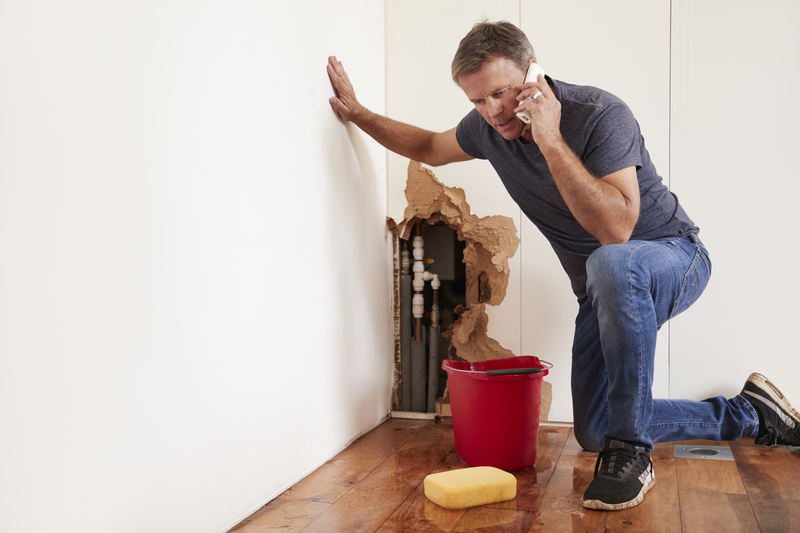From picturesque cottages to sprawling vacation rentals, owning a home is a cherished accomplishment. The longevity and sturdiness of these abodes can be compromised by various factors. Understanding the potential sources of structural damage is crucial for homeowners, sellers, and potential buyers alike.
Water
Water, essential for life, can also be a home’s silent adversary. It has the potential to infiltrate various building materials, leading to decay and weakening. Persistent water exposure can result in mold growth, rotting wood, and corroded metal components, all of which can undermine a home’s structural integrity. Leaky roofs, poorly sealed windows, malfunctioning gutters, and inadequate drainage systems can contribute to water-related issues. That is why it’s important to be aware of the risks water poses and take steps to protect your home from potential moisture damage. Regularly inspect areas in and around your home that are prone to water accumulation or prolonged exposure, such as roofing, siding, masonry, and landscaping. Make sure there are no signs of cracking or deterioration in these areas and if so, address the issue immediately. Make sure that your gutter system is working properly to direct water away from your home and its foundation.
Pests
Another unsuspecting cause of structural damage is the presence of pests. Termites, for instance, are notorious for their ability to wreak havoc on homes. These tiny insects can infiltrate wooden structures and silently consume them from within. Termites can cause thousands of dollars worth of damage to your home. Other pests, like carpenter ants and wood-boring beetles, can also contribute to structural deterioration. While these pests are relatively small in size, they can cause catastrophic damage when left unchecked. To prevent the destruction caused by these pests, it’s important to inspect your home regularly and look for signs of infestation. You should take preventive measures to discourage any potential invaders from entering your property. By keeping an eye out for pests and taking steps to protect your home from them, you can greatly reduce the risk of structural damage caused by these unwanted intruders.
Shifting Soil
The ground beneath a home may seem steadfast, but it’s not immune to change. Shifting soil is a natural phenomenon that can lead to structural damage. Expansive clay soils, prevalent in certain regions, tend to swell when wet and contract when dry. This cycle of expansion and contraction can exert significant pressure on a home’s foundation, leading to cracks and shifts in the structure. Expansive soils can cause problems when exposed to heavy weight or vibration. This type of soil must be taken into account during construction and may require special measures, such as additional footings or piers, to ensure its stability. A careful examination of the subsurface soils can help you determine if your home is at risk from shifting soil. Consulting a professional engineer to inspect your property may also be recommended. By understanding the potential risks posed by shifting soil, you can protect your home from further damage.
By staying informed about the potential causes of structural damage, individuals can make informed decisions and take proactive steps to ensure that their homes stand strong for years to come.
Did You Enjoy Reading This Article? Here’s More to Read: Pests That Do The Most Damage To Your Home

